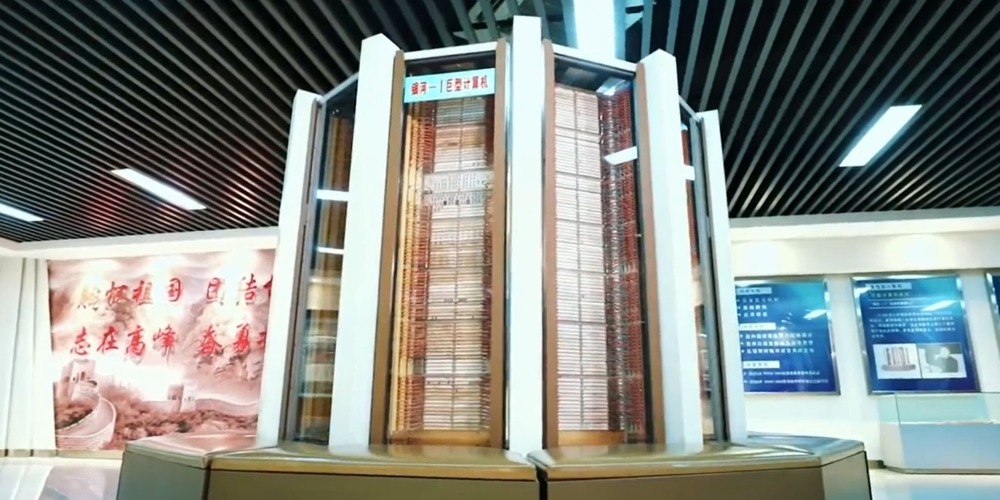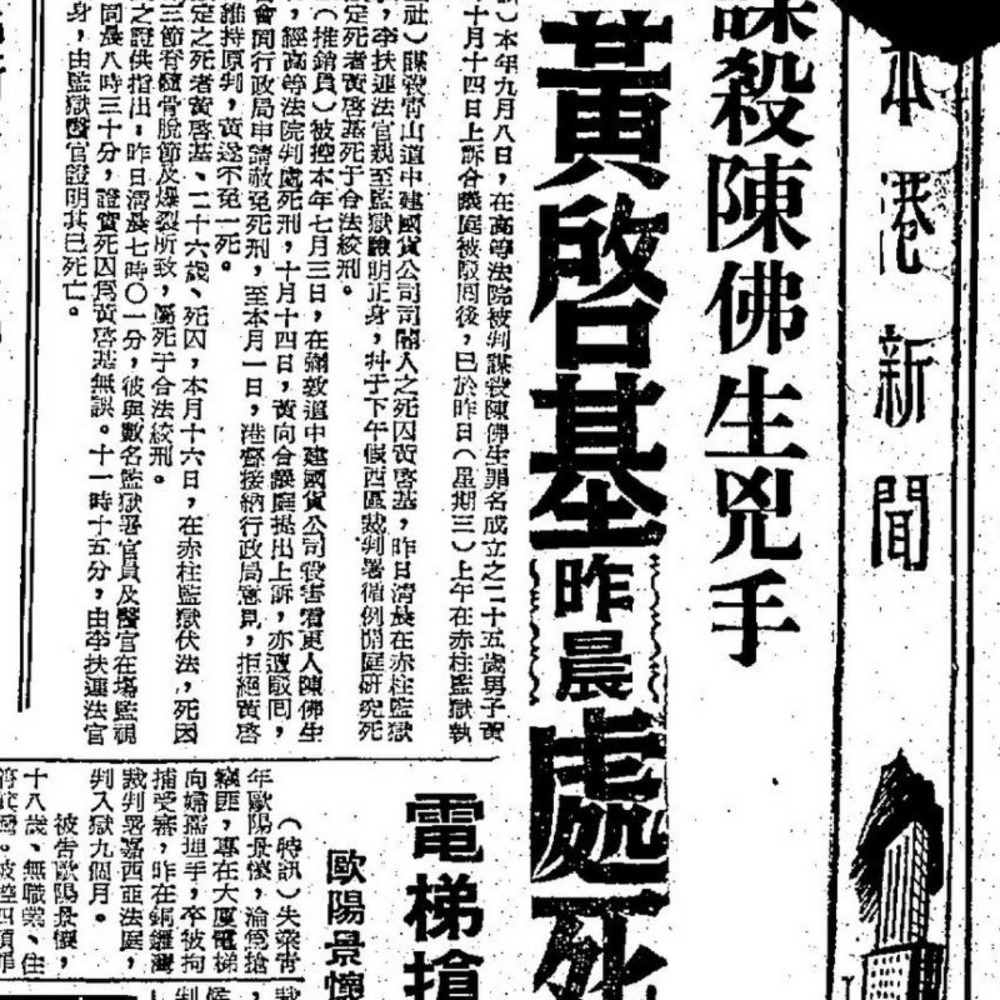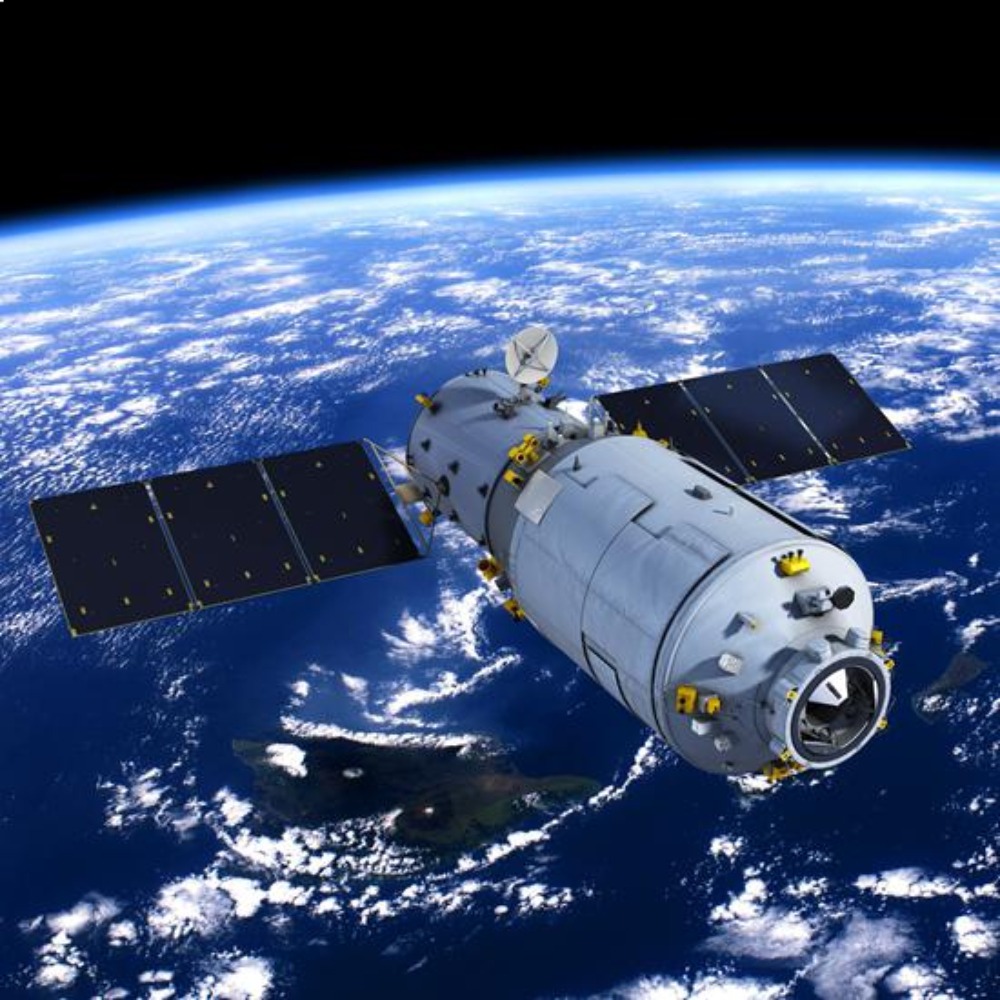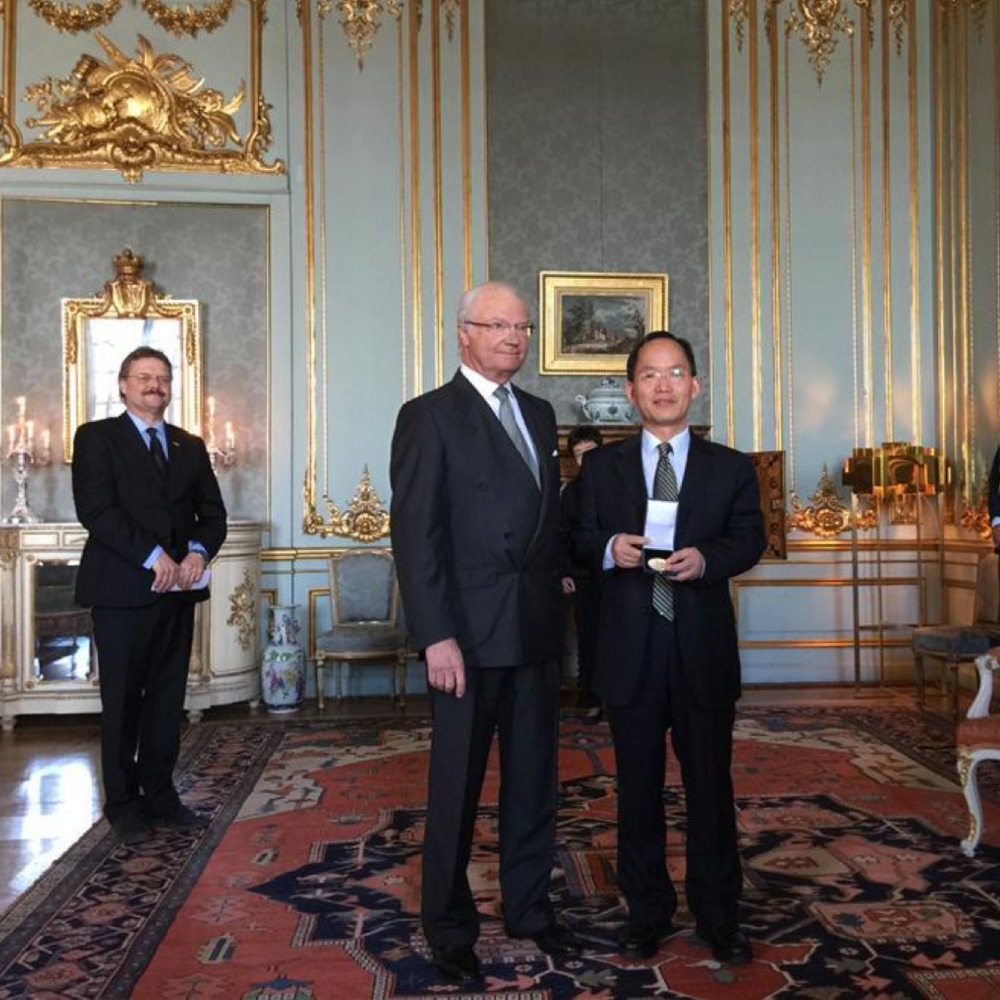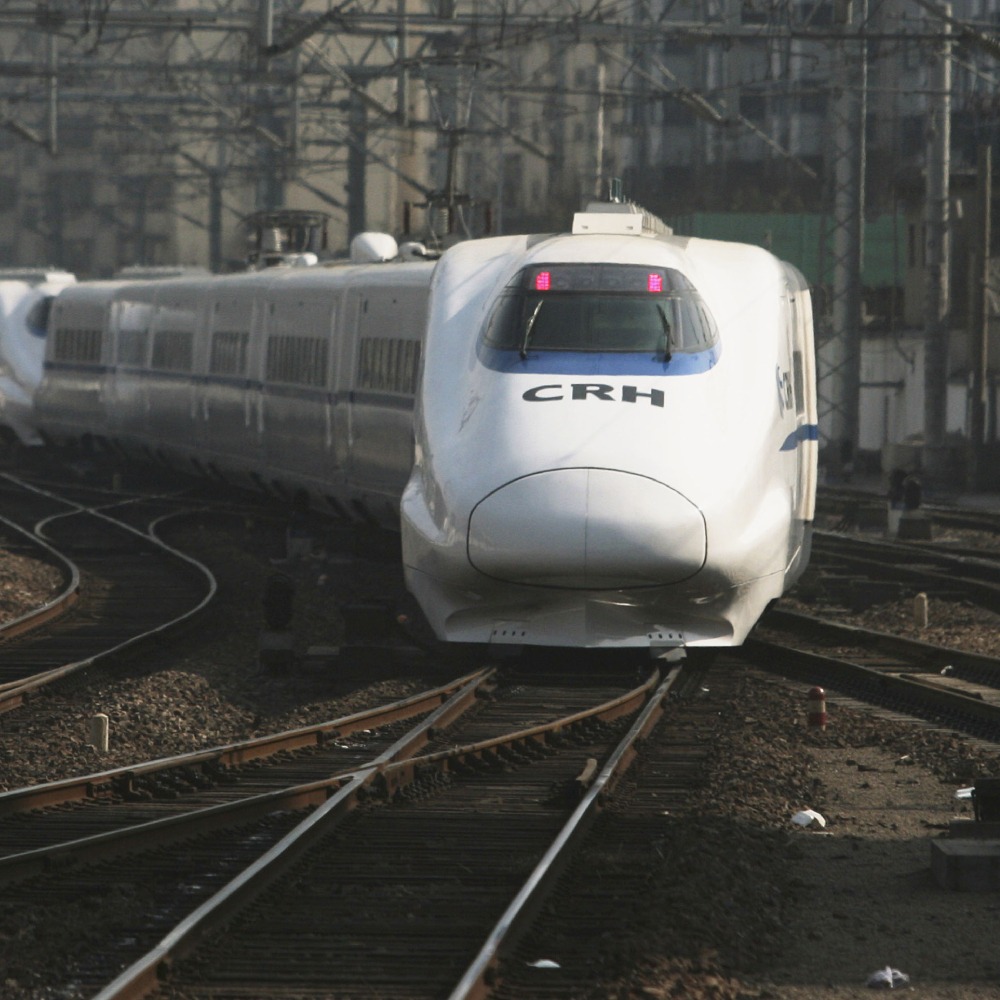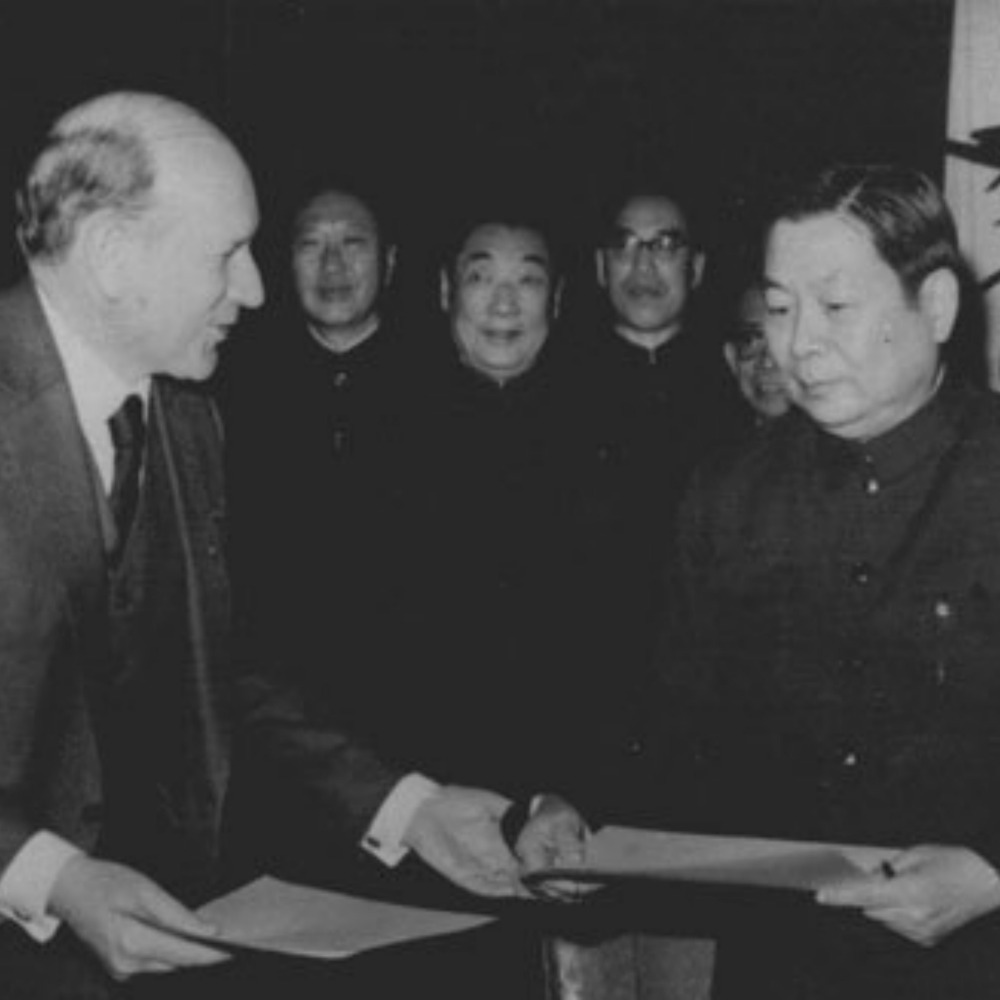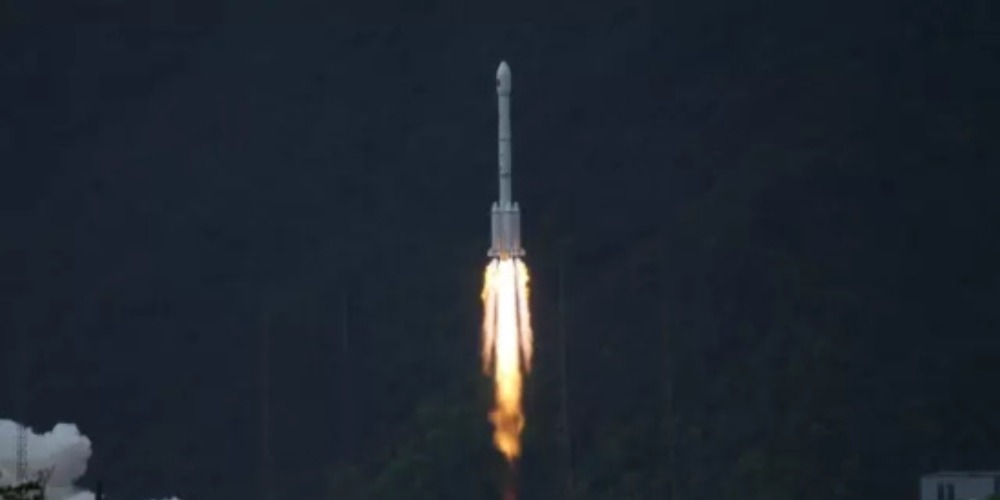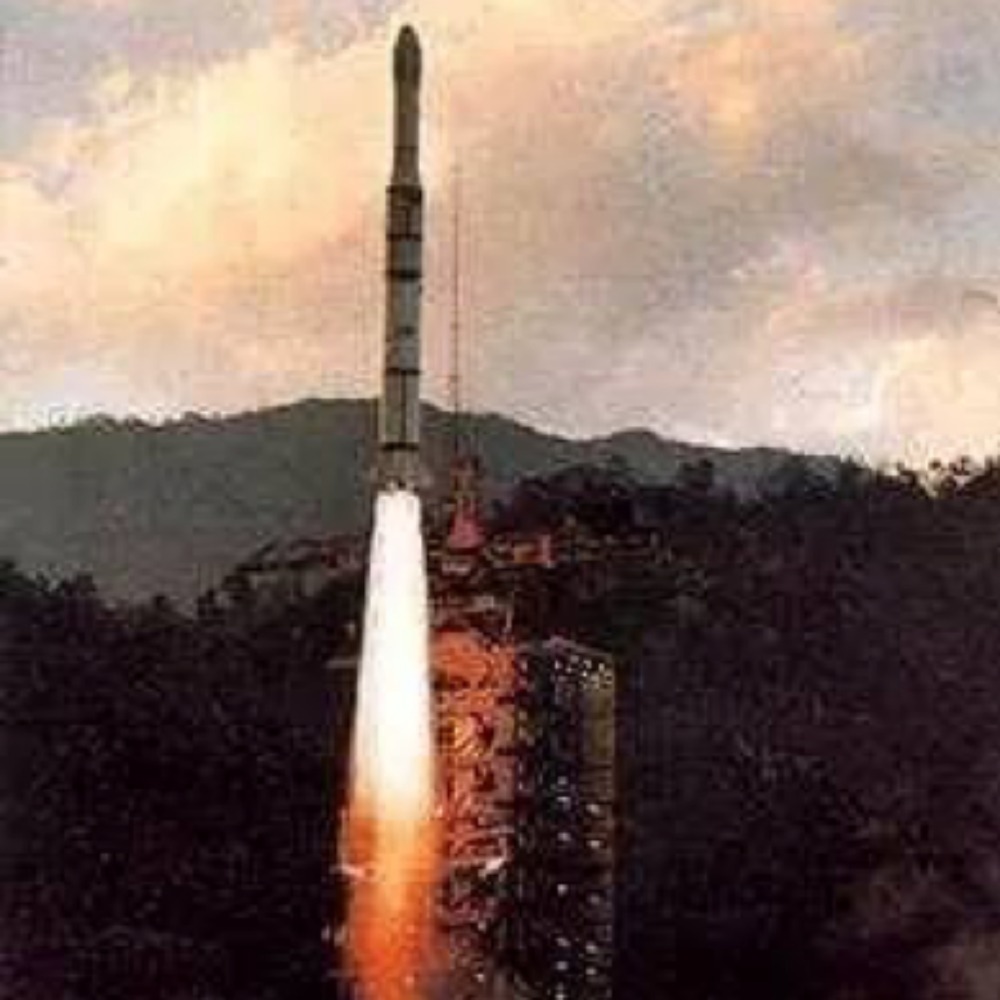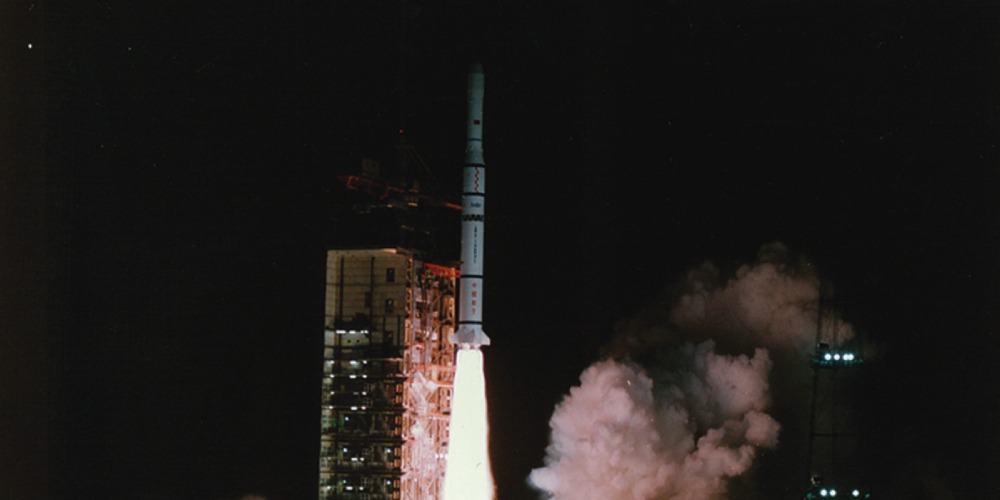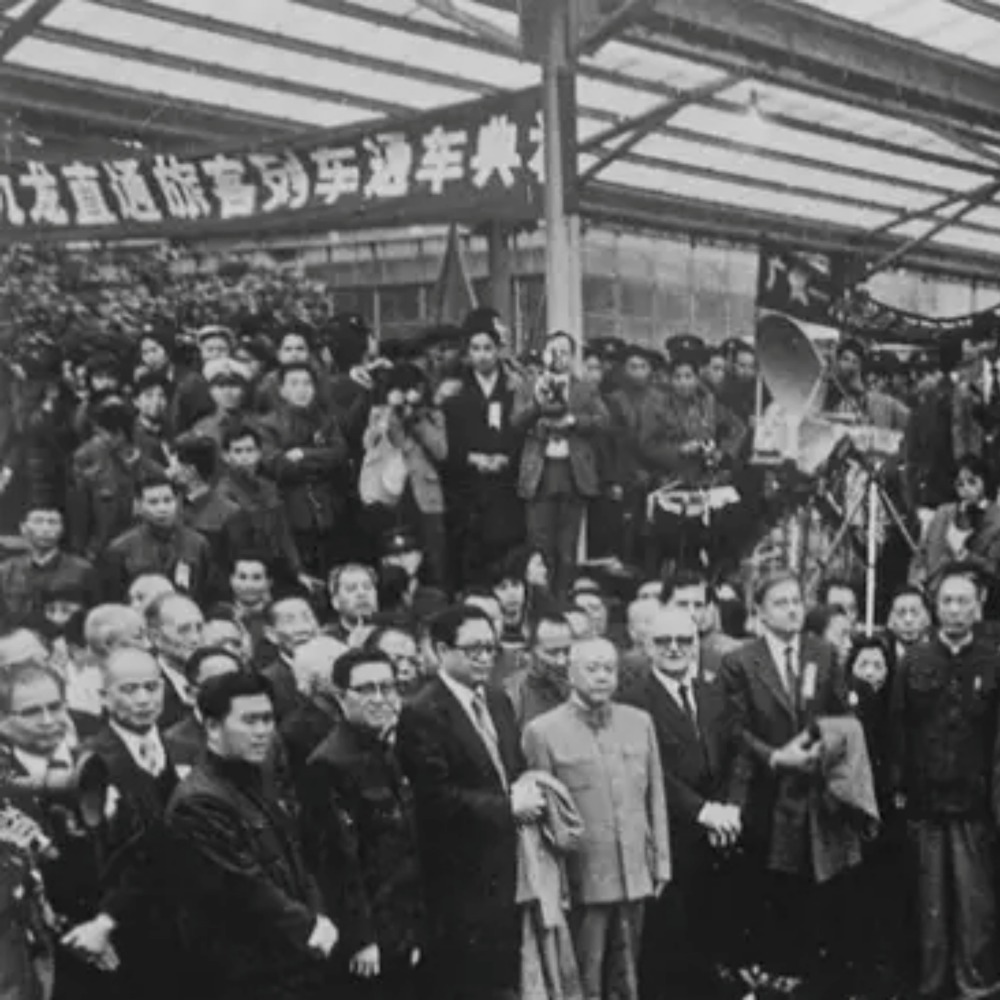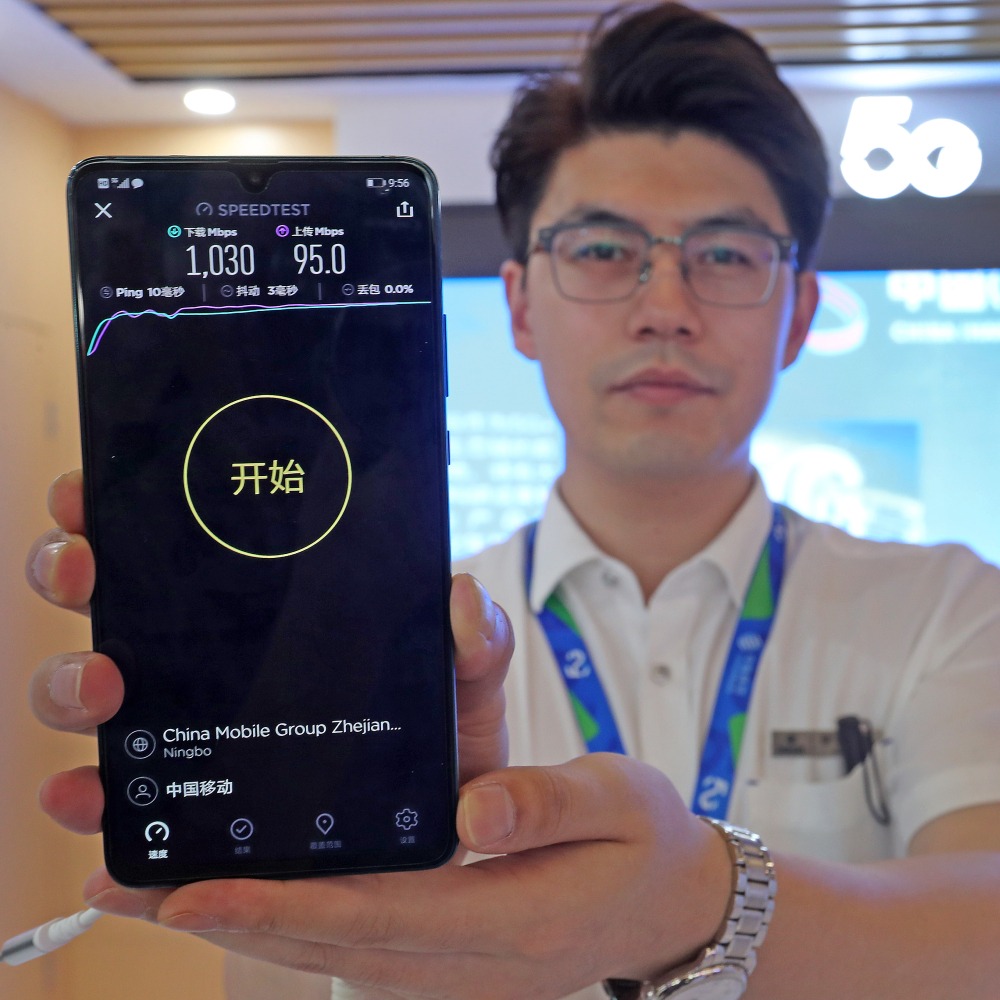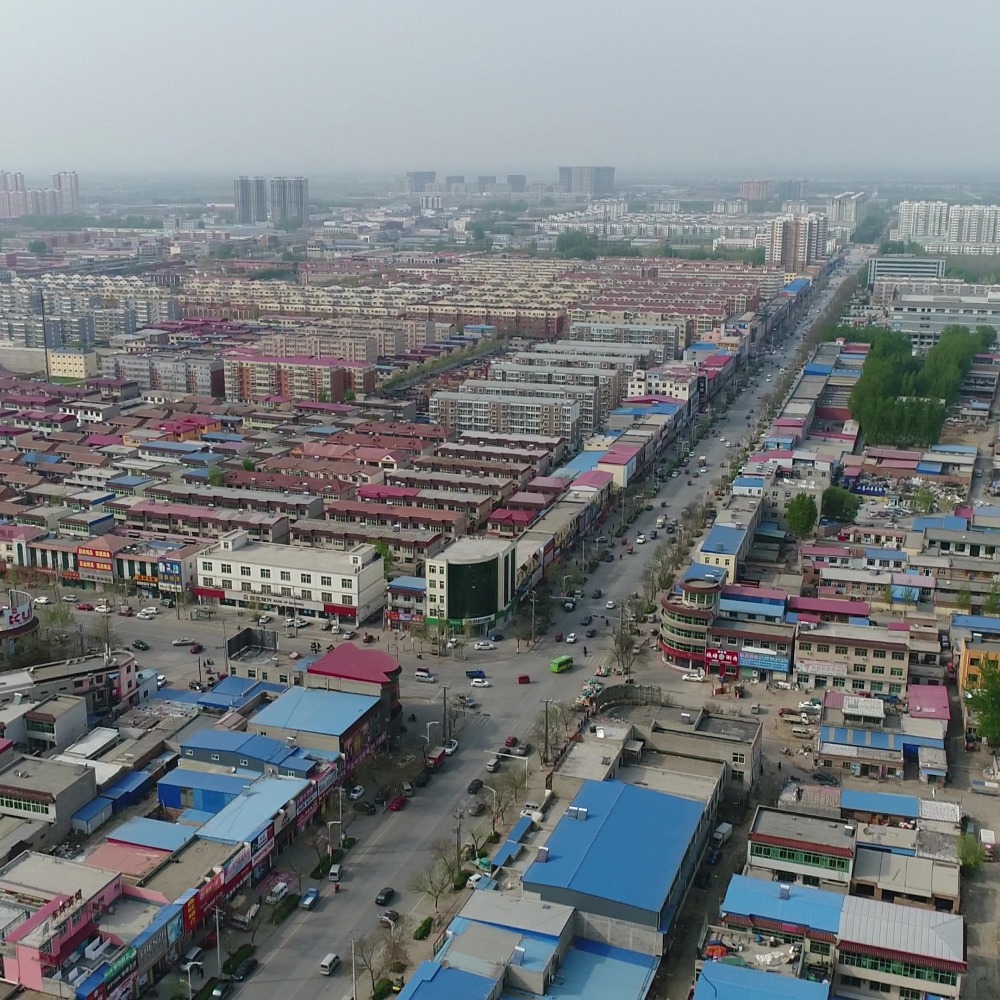Published : 2024-11-21
On November 21, 1983, China's first supercomputer capable of performing hundreds of millions of calculations per second, the "Galaxy-I," passed national evaluation.
The "Galaxy-I," which consists of seven cabinets and has a cylindrical shape, was independently designed and developed by China.
In the 1970s, high-performance computers had already become crucial strategic technologies for driving technological innovation and socio-economic development.
However, at that time, China had no supercomputers, and socio-economic development was often constrained.
For example, the data and information on mineral deposits and petroleum explored had to be sent abroad for processing, which was not only expensive but also meant that foreign experts would have access to the data first.
After studies by relevant departments, a supercomputer capable of performing hundreds of millions of calculations per second was ultimately designated as a key task for national defence research and was entrusted to the National University of Defense Technology.
Subsequently, with the strong collaboration and support of more than 20 institutions nationwide, the Galaxy-I was successfully developed in January 1982.
The following year, it was submitted to the "National Technical Appraisal Committee for Galaxy Computers" for a comprehensive and rigorous technical assessment, which it passed smoothly on November 21 of the same year.
